Malta claims to be the first EU country to have achieved herd immunity. Vaccinations recently extended to all over-16s and 58.6% of the population have had two jabs.
Since 2020, 420 people have died of the virus, and the country has not recorded a death since 26 May. Quarantine is not required, but all passengers travelling to Malta from the UK must have evidence of a negative PCR test, dated within 72 hours of arrival.
Museums and tourist sites, shops, restaurants and cafes are open, and allow tables of six people. Cinemas and theatres reopened on 7 June, but bars and nightclubs are still closed, and boat parties are not allowed.
Masks are mandatory for everyone over three years of age in public spaces, but from 1 June mask-wearing on beaches was advised but no longer required. Maltese health minister Chris Fearne said masks would cease to be mandatory outdoors from 1 July for vaccinated people, as long as cases remain low.
Valletta by night
Valletta used to be like a ghost town at night. Today, it is different – or rather it will be once the pandemic recedes and visitors return. In normal times the streets are full after sunset with live music and happy Mediterranean chatter all around. The grid system used by the knights to build the city creates what feel like parallel nightlife realities. Republic Street is imposing and distinct with exquisite cafes and restaurants; Merchant Street is laid-back leading down to the covered market; but walk down Straight Street and you would walk back in time, like the British sailors did in the past, and enjoy bar-hopping down to the Gut. Look out for the old street signage along the way.
Festivals in Malta
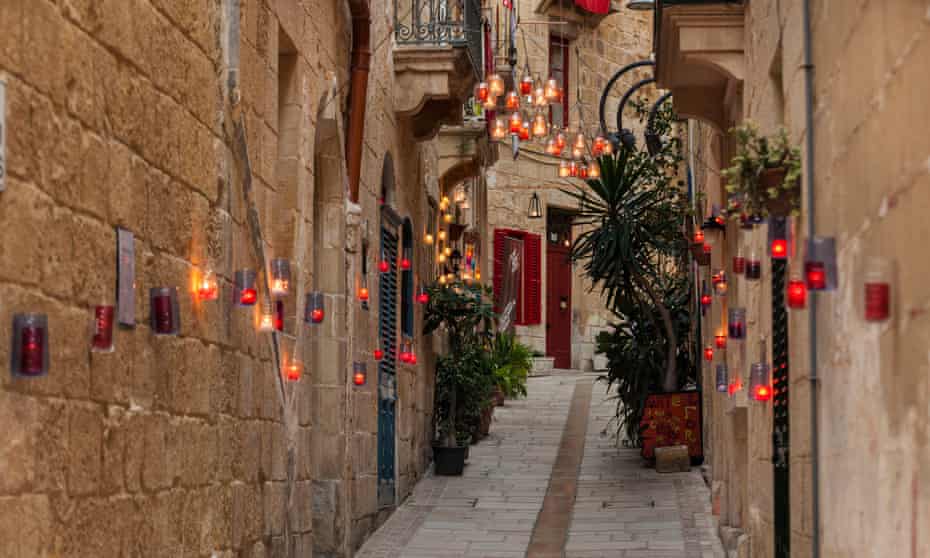
There are a lot. Before you visit the island it’s worth checking the Malta Tourism Authority’s website and festivals.mt to see what’s on, and to note that this year, until further notice, all festivals will be virtual.
The Strawberry festival, Notte Bianca in Valletta, Karnival ta’ Malta, the Malta jazz festival, the Valletta baroque festival, the Farsons beer festival, the Delicata wine festival, the Fireworks festival, and the Three Palaces are just some of the events over the year. My favourite though is BirguFest and its culmination Birgu by Candlelight, which is an extraordinary experience. One of Malta’s oldest cities, Birgu (also called Vittoriosa) is magically lit by thousands of candles adding a romantic and mystical touch to its medieval houses, auberges and palaces connected by winding alleys. The festival features historical re-enactments, open museums and churches, exhibitions and installations alongside concerts, theatre and laser light spectacles.
Limestone Heritage Park and Gardens
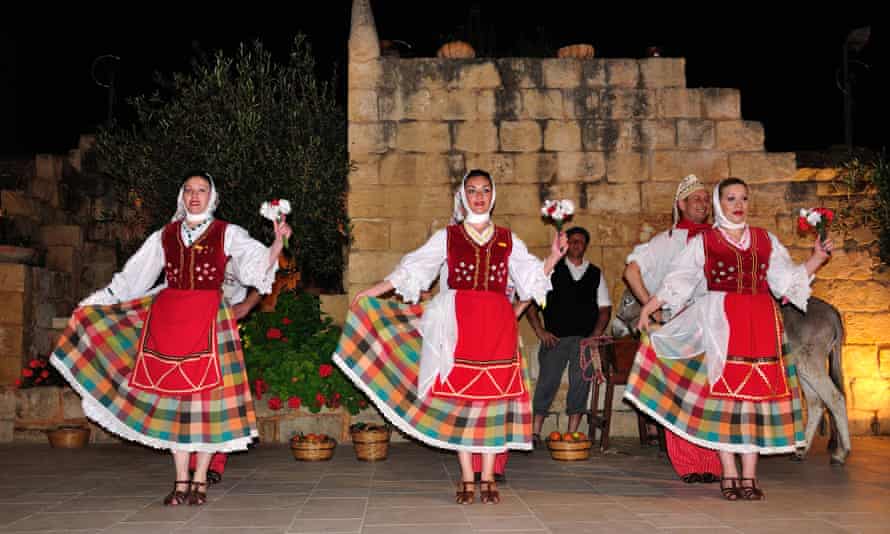
In Malta you’re surrounded by limestone, from the old cities of Mdina and Valletta, through the megalithic temples of Hagar Qim, Mnajdra and the Hypogeum, to the ornaments on the traditional Maltese townhouses. The limestone has been instrumental in preserving the history of the island. At the family-run Limestone Heritage Park and Gardens, in Siggiewi village, visitors can trace the use and role of this resource throughout the ages. Don’t miss the stone-carving and sculpting, where a visitor can spend time working on a limestone souvenir. The Farmer’s Lunch, in the peaceful garden of the estate, is a great way to try Maltese gbejna cheese, homemade pasta and rabbit dishes and traditional desserts. Younger visitors will enjoy the heritage park: there’s space to run around in, and an animal petting zoo.
€8.10 adult, €5.40 student, €2.70 child with online discount, limestoneheritage.com
Casa Rocca Piccola, Valletta
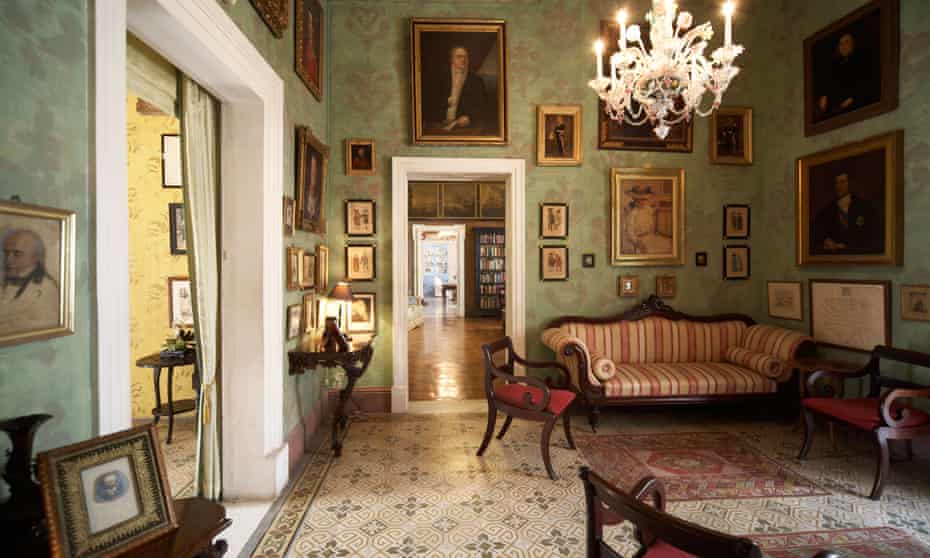
Not your usual museum, this is the only privately owned palazzo open to the public in Valletta. It exhibits unusual pieces of furniture, memorabilia, family paintings and rare medical instruments from the Knights’ Sacra Infermeria in Valletta. A museum by day and a stately home by night, its rooms bring the history of the Knights Hospitaller and the Maltese nobility to life. The palace was built in the 16th century for Don Pietro La Rocca, an admiral of the knights and is the ancestral abode of the Marquis Nicholas de Piro family. Today, it also houses a boutique B&B, with a peaceful garden and a cheerful macaw named Kiku. Tour groups are sometimes taken around by the marquis himself . Regular hourly tours are held throughout the week.
casaroccapiccola.com
Caffe Cordina, Valletta
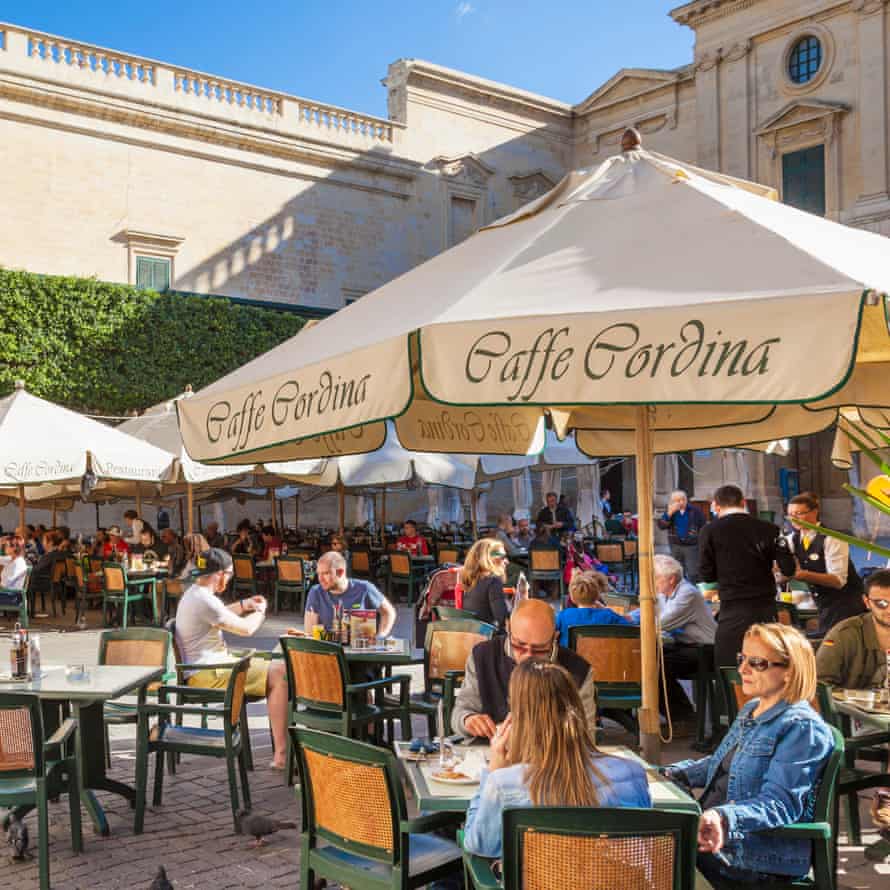
This is the most beautiful cafe in Valletta and something of an institution. I love going there to have an espresso with one of its signature sweets. Relaxing in the sun at Pjazza Regina in front of the statue commemorating the golden jubilee of Queen Victoria and the baroque National Library is bliss. The cafe was established in Cospicua in 1837 and moved to Valletta in 1944. The building known as the Casa del Commun Tesoro or the Treasury during the rule of the Order of the Knights of St John in Malta was used by the British for various public offices and it was later converted into the Grand Hotel. The cafe’s eclectic interior decor and the vaulted ceiling embellished with paintings by the Maltese painter Giuseppe Cali add to the special character of the place.
caffecordina.com
Meridiana Wine Estate, tour and wine tasting
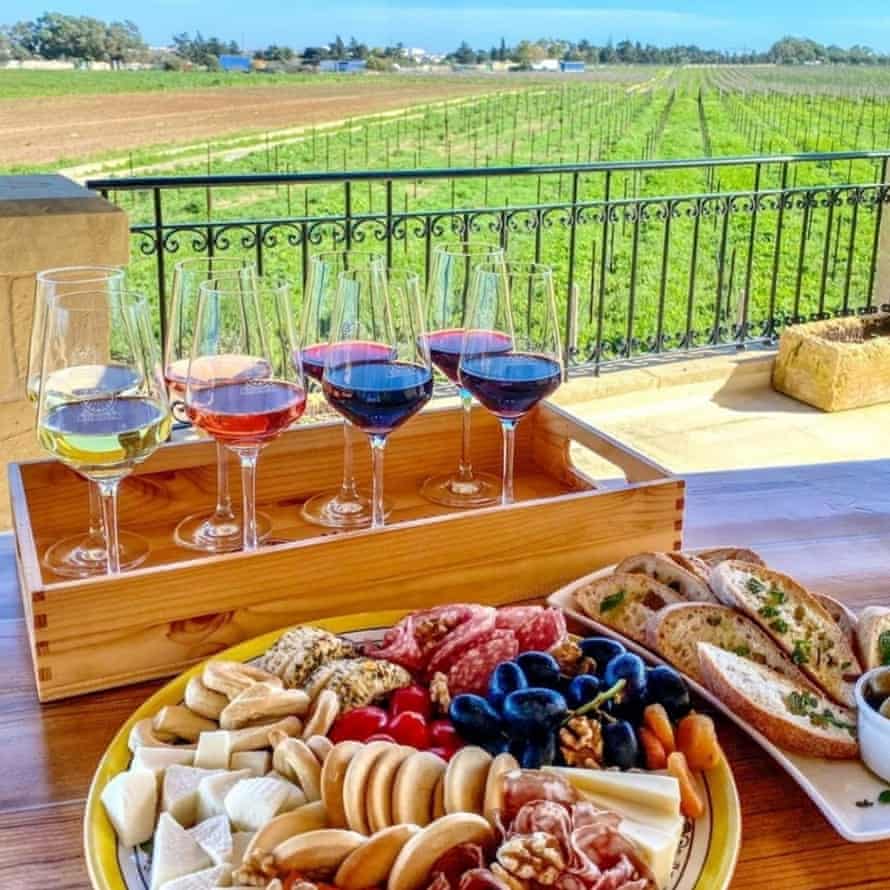
About 30 years ago the production of world-class wines in Malta seemed like an ambitious goal. Some considered the investment risky, others thought it was doomed from the start. Today, one looks back at the legacy of a brave venture that explored the potential for high-quality wine production in Malta. The Ta’Qali wine estate, near Mdina, was planted in 1994 on the site of an airfield used by the RAF during the second world war, using a British-built herringbone system of irrigation. Success was achieved with the first harvest in 1996, which Meridiana sold within weeks. Its wines are now internationally established. My preferred Maltese wines are, of the reds, Nexus – a merlot, and Celsius – a cabernet sauvignon. Of the whites, Baltis from the native girgentina grape is excellent. Wine-tasting is held on Meridiana’s panoramic terrace overlooking its vineyard or in the courtyard near the cellars. A tour includes a visit to the fermentation-hall and underground cellar, both within the picturesque Maltese farmhouse.
Wine tasting and tours at meridiana.com.mt
Taste of History at the Maritime Museum of Malta, Birgu
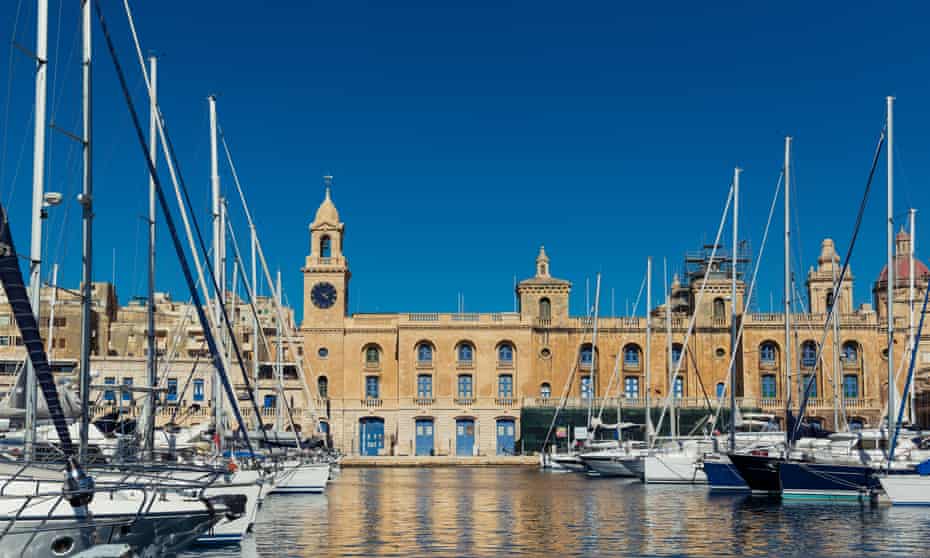
This museum gives visitors the opportunity to dine inside the museum itself. The atmosphere is special, the menu exquisite, and unique – as historians and chefs have researched 18th-century documents to find foreign influences, ingredients, spices and eating habits from the menus used by the knights. The Maltese fruit and vegetables used are grown by local farmers, the sausages are made by the butcher round the corner strictly following traditional methods and the in-house chefs follow the authentic recipes. This is a dining experience like no other. The building is a former bakery from the British period in Birgu, one of the three cities just across the Grand Harbour from Valletta.
Maritime museum, heritagemalta.org. More about Taste of History on Facebook
Lascaris War Rooms
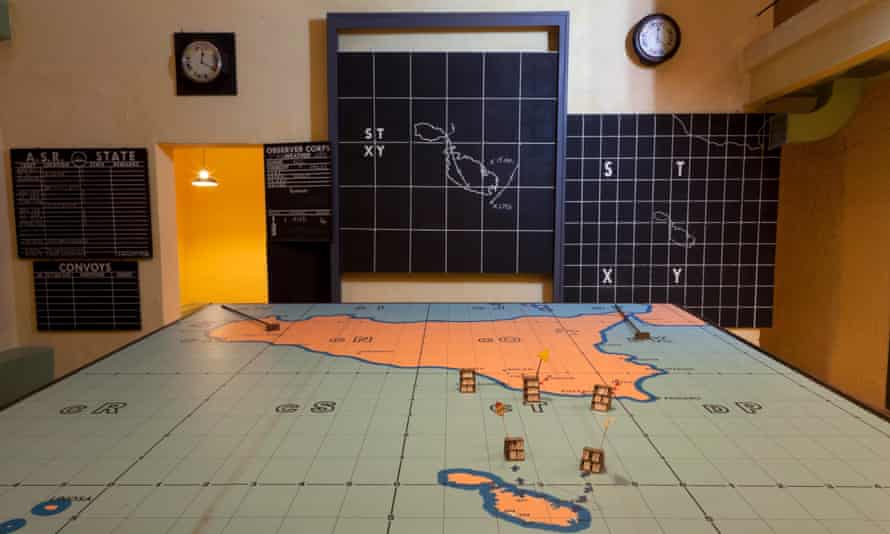
Below the fortifications of Malta’s capital city Valletta, this complex of tunnels and chambers hold fascinating secrets from the second world war. Built by the British military, the war rooms housed the allied war HQ, which played a crucial role in the defence of the island and the coordination of Operation Husky – the invasion of Sicily. Named after Giovanni Paolo Lascaris, a 17th-century grand master of the knights of Malta, who built a garden on the site and fortifications across the island , the war rooms received communications from all radar stations and mapped the aerial and naval movements around the islands. After the war the Lascaris rooms were used as the headquarters of the Royal Navy’s Mediterranean Fleet. Climbing up the stairs of the bastion takes you to the Upper Barrakka Garden for the spectacular views of the Grand Harbour.
Adult €13, student €11, child under 16 €6, open Mon-Sat 10am-4.30pm, lascariswarrooms.com
National Community Art Museum (Muza), Valletta

Flagged by the Guardian Travel as one of 13 must-see new European museums, Muza opened in 2018, in a building that was once the seat of the Italian knights of the Order of St John. The site offers a chance to explore an auberge in which the knights lived during their stay on the island. The grand baroque entrance, the courtyard, the main staircase and the halls were rebuilt with contemporary material to expose intriguing features from the late 16th-century architecture. As a national community museum one of its missions is to make art accessible to the public; Muza does this by presenting contrasting artworks by old masters and contemporaries. The Masterpieces at Muza exhibition, currently on show, displays 13 old masterpieces from a private collection, including paintings by Rubens, François Boucher, Leonardo da Vinci and Giovanni Bellini.
€10 adult, €7.50 students and people aged 60-plus, €5.50 children under 11, not open on Tuesdays, muza.mt
Boat trips and dramatic views
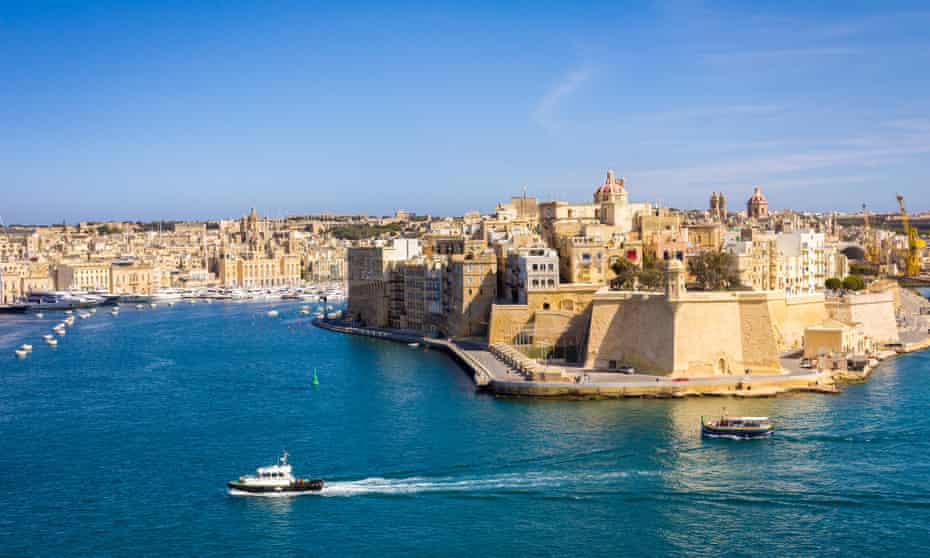
Whenever I can I always take the water taxi service across the Grand Harbour from Valletta to the Three Cities (Birgu, Senglea and Cospicua) and back by a traditional boat. The local dghajsa was built in the 17th century for that purpose. Used to ferry passengers connecting the harbour towns and also for taking passengers off the arriving ships, the boats were the main means of transportation in the harbour areas. The crossing takes 10 minutes and costs €2. Tourists can opt for a harbour cruise for €8pp. The real thrill is to feel the waves among the imposing views of the bastions of Valletta, Fort St Angelo, Fort Ricasoli and the grandeur of one of Europe’s largest natural harbours.
Fra Nikola Soukmandjiev is a diplomat, priest and tour guide





